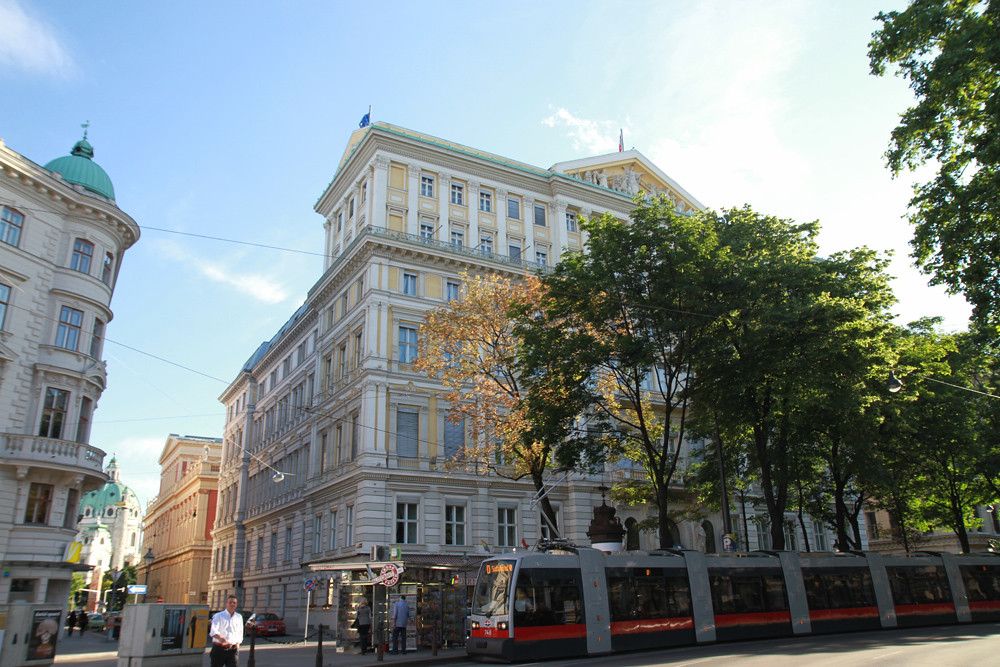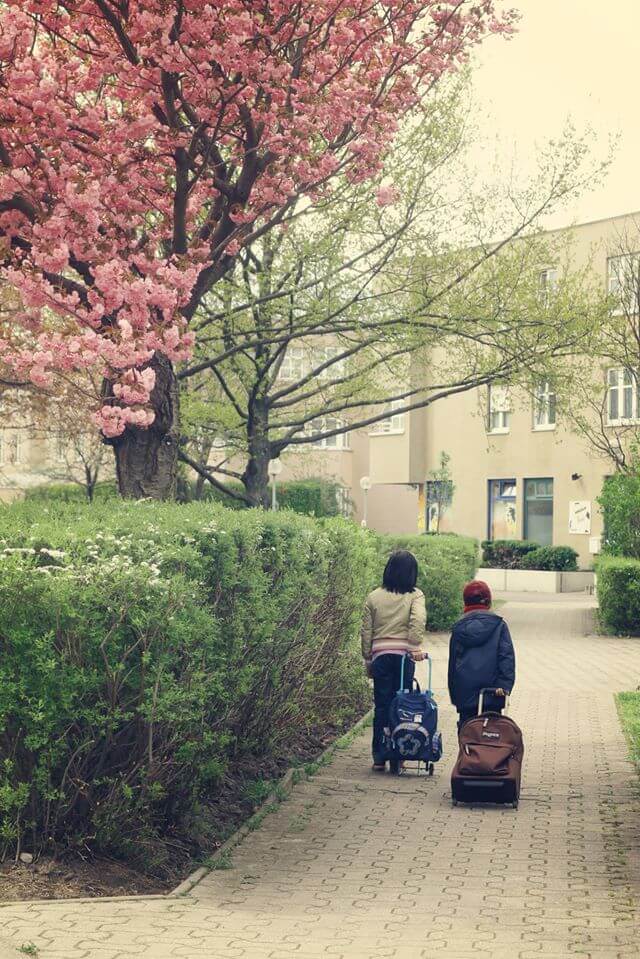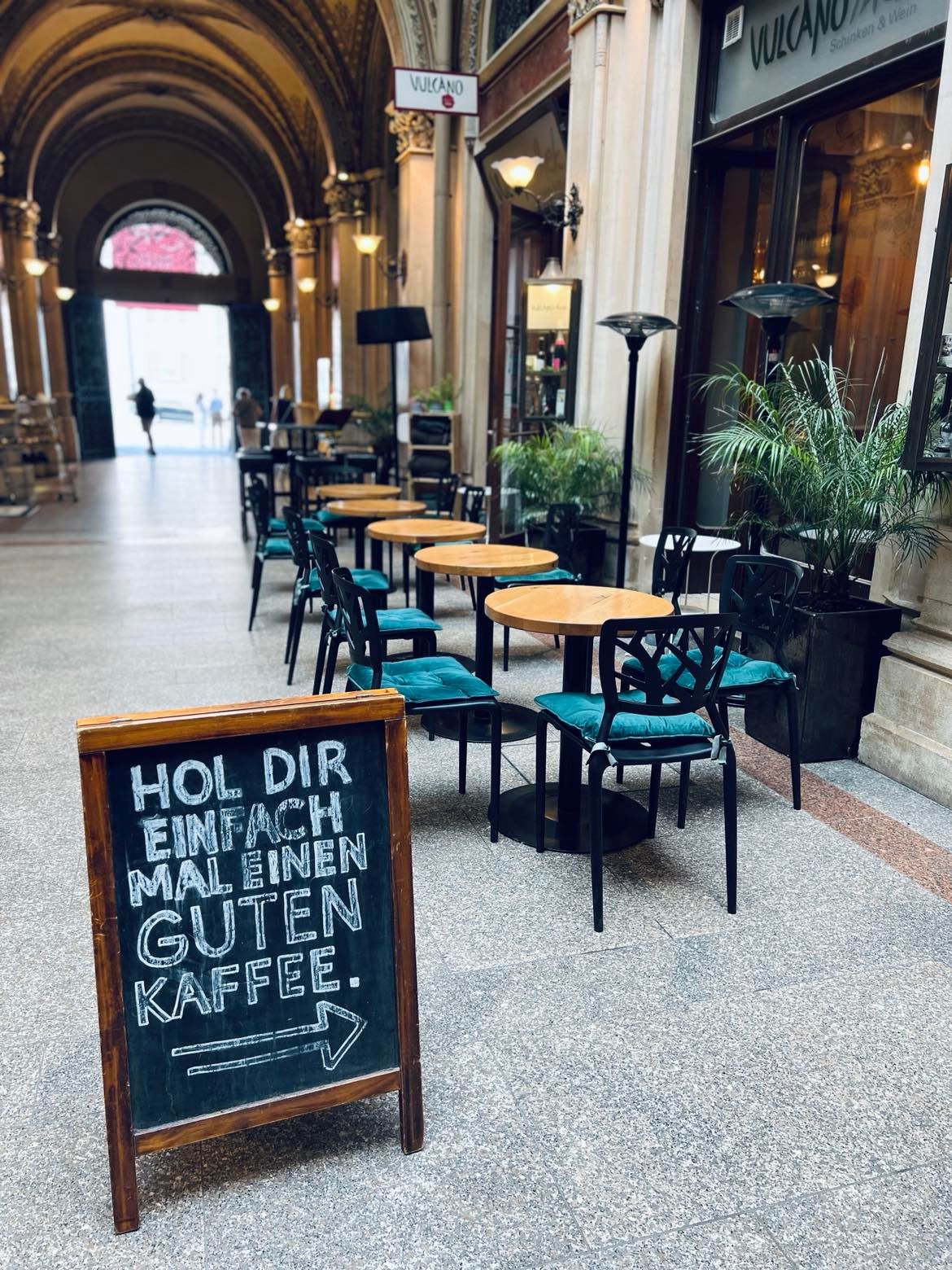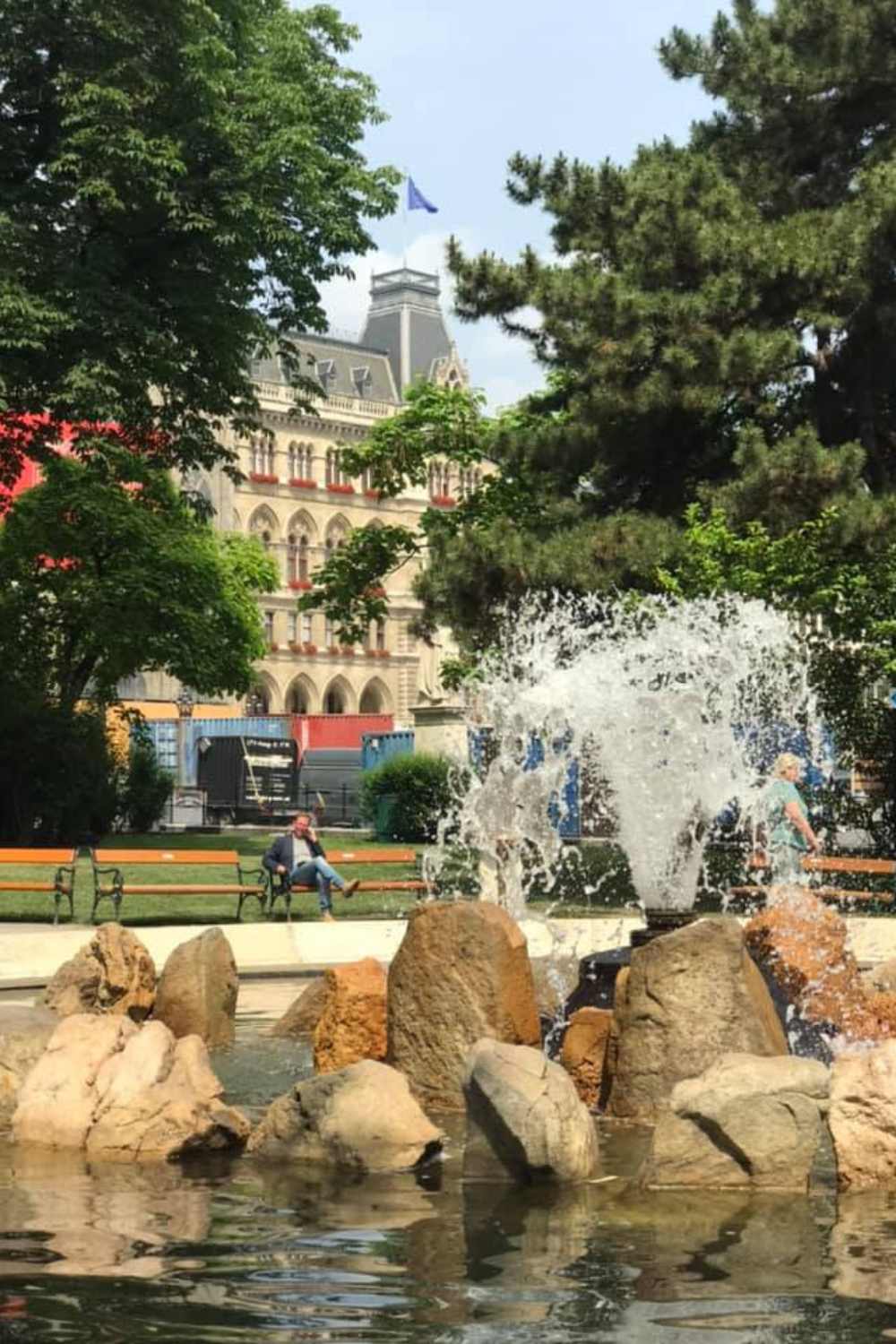
Vienna has often been on the top list of the most livable city in the world. Recently, it topped Resonance consultancy’s list of the Greenest Cities in the World (of the categorized 50 most visited cities too) in time for Earth Day’s 50th anniversary.
Resonance consultancy cited nine data points to create the index ranking:
- Percentage of public green spaces
- Percentage of total energy needs from renewable energy
- Percentage of population who use public transportation to go to work
- Level of air pollution
- Per capita water consumption
- Walkability
- Availability of city-wide recycling
- Availability of city-wide composting
- Number of farmer’s markets
The other cities that made it to the list are: Munich, Berlin, Madrid, Sao Paulo, Manchester, Lisbon, Singapore, Amsterdam, and Washington D.C.
So let’s breakdown some of the factors that surely defines Vienna from a local’s point of view.

Table of Contents
Gardens, Parks, and Forests
According to https://www.statista.com, the Green space per inhabitant in the city of Vienna in 2018, by category (in square meters) is as follows:
Forest and Woodland: 37.61
Farmland: 21.76
Nature Reserve: 11.78
Park: 8.5
Public Garden: 3.71
Vineyard:
Maintained Grass: 2.47
Golfcourse: 0.76
Orchard: 0.22
To think that there are 1.889 million people living in Vienna at that time (2018). But without the numbers, we do know that Vienna has a lot of green spaces, playgrounds, and public parks to explore. Every neighborhood has some place to call their own park or playground. And we’ve explored some of them and featured here.
Vienna’s gardens are also well-maintained. There’s a sector responsible for keeping public spaces blooming and green, the Vienna Parks and Garden (Ma42) and Unsere Gärten. They raise and propagate flowering plants and replant them around the city when spring arrives. These, along with the blossoming trees make for thousands and thousands of Vienna’s flowers in the warm seasons.
There are many trails that locals can access to go forest-bathing, carefully placed all-over the city, if not inherently been so during Vienna’s early developments. These aren’t really the deep forest kind of landscapes, but by definition “Land spanning more than 0.5 hectares with trees higher than 5 meters and a canopy cover of more than 10 percent, or trees able to reach these thresholds in situ,” they are technically forests.
There are 11 hiking spots in Vienna and one route around the city designated by Vienna’s Forestry Office. There are playgrounds and picnic areas in these spots too. It takes two to up to three or more hours to finish a trail, so one needs good stamina to finish one.

Public Transportation
We’ve never been to all the cities on the list, but we have been to the other five (Munich, Berlin, Madrid, Singapore, Amsterdam) and we may sound biased to say this but Vienna’s transportation system is really better, planned so that it is easier to jump from one line to the other.
Also, you can be assured of cleanliness and safety. Even the mode of payment is convenient compared to other cities. You just need to buy one ticket that you can use to ride the trains, trams, and buses. You don’t need to validate this ticket every time you transfer, which makes transferring from one point to another faster.

Walkability
Now despite the convenience of the public transportation system, we walk a lot around. Even on days we shop, we walk. There are many streets that are designated for foot traffic only, and some also where most shopping stores are. But the pedestrian lanes, footpaths, and cobblestone streets for us to enjoy just gawking at architecture around is aplenty.
And while walking, you will surely stumble upon a small park to while the heat away, a playground for your kids to parkour a little, a trinket shop, a quaint bookstore, and a pop-up café that brews diverse coffee beans.
There were many times that I have walked around the city aimlessly and I have discovered many beautiful spots to photograph. It’s worth getting lost in cases like those.
Vienna is truly green, but in spring it becomes pink and very colourful; in autumn it becomes gold, orange, red; and in winter it becomes white and gray. And you will still love to stroll around whichever color it dons.

Incinerator and Garbage Disposal
Vienna’s Spittelau incinerator processes 250.000 tonnes of household waste yearly, and produces 60 GWh of electricity every year. It supplies over 60,000 households annually with heating and almost 50,000 households with electricity.
While its main function is to incinerate waste, its facade is subject to many photographers, becoming one of Vienna’s most photographed landmarks. Its facade is the brainchild of Austrian artist Friedensreich Hundertwasser, who is also an architect who worked in the field of environmental protection. His art is often an expression of opposing straight lines, and it’s common to see his building designs integrated with trees and even be part of the landscape. The Spittelau incinerator’s design is a vision of Hundertwasser for a “beautiful, and waste-free future.”
The Spittelau waste incineration plant will mark its 50th year inauguration next year (built January 1969 and in operation since 1971) and it has been burning tirelessly for climate protection ever since.
Waste Segregation
While Vienna’s waste segregation system is not as meticulous as Germany’s, it still works effectively. Every compound has a garbage area sorted to paper, plastic bottles, general waste, bottles (further sorted), and clothing for donation. What is lacking is composting food waste which Germany has implemented for so many years now.
Vienna has the MA48, responsible for waste management, street cleaning, towing vehicles, and deploying garbage trucks collecting waste all around the city.

Repurposing, Recycling
The MA48 made use of what others considered as waste to something useful for others. They’ve opened the 48er-Tandler, a second-hand market at Vienna’s 5th district.
The initiative is of course, good for the environment and definitely good for your wallet. By donating beautiful and usable goods to the garbage dumps, you give such items a second chance. If you shop at the 48er Tandler, you support social projects such as the TierQuarTier Vienna, refugee initiatives, and a lot more.

Composting
Vienna has the Lobau composting plant in operation since 1991. It processes biogenic waste (waste of vegetable, animal or microbial origin). These are collected from green bins located at Vienna’s 19 waste collection centres as well as through green waste collection (trees and shrubs).
Biogenic waste is recycled by means of open composting at the plant. This plant has an approved annual capacity of approximately 150.000 tonnes and said to produce compost of the highest quality class “A+”.
Community Gardens
The past years saw the emergence of community gardens all around the city. https://www.garteln-in-wien.at lists its goal as follows:
- Enhancement of organic farming by means of interdisciplinary research.
- Implementation of results into practice, together with farmers and advisers.
- Information of consumers about the advantages of organic farming.
- Contribution to sustainable development of the green city of Vienna.
Markets
There are a number of Farmer’s markets, pop-up markets, and seasonal markets in Vienna that are all a joy to explore. Despite them being markets, they are clean and you do not have to worry about flies hovering about.
Some of our favourite markets include the Naschmarkt, Brunnenmarkt, and Freyung’s every weekend. Aside from meat and fish, there are specialty stores you can buy herbs from, dried fruits, and even oriental ingredients. Austrian produce are also abundant, from peaches to apples, from strawberries to blueberries, you’ll find them fresh by the kilo.

Vienna is the Greenest City In The World
Even though touted as the greenest city in the world, it is far from perfect. According to the Air Quality Index (AQI), the air quality in Vienna is “moderate” with a 2019 average PM2. 5 concentration of 12.3 µg/m³, a value which means that Vienna has missed being categorized as “good” according to the AQI scale by a mere 0.3 µg/m³.
This particular aspect needs attention, as pollutants are mostly coming from particulate matter emissions from far away, i.e. from pollutant sources many kilometers outside of Vienna. It is also cited, that diesel or petrol-driven passenger transport contribute to pollution rather than by an electric underground railway system that gets its electricity from hydroelectric power plants.
Accordingly, it is advised that to better air quality in the city, the use of electric mobility, both in private and public sectors must be promoted. The City of Vienna is focusing on new technology not reliant on fossil fuels for public and commercial transport towards an improvement of the electromobility infrastructure. Cycle paths have also been added and climate-friendly transport and electric bicycles are also becoming increasingly popular in the city.
There are still a lot of things to do and maintain to keep Vienna green and make it greener.

--------------------------Book your Vienna stay here!--------------------------











Surely a beautiful place to walk around in, so many green places!
Yes, even if it’s pink or gold, it’s still a joy to walk around!
We really should visit soon! When restrictions are gone, we’ll definitely go!